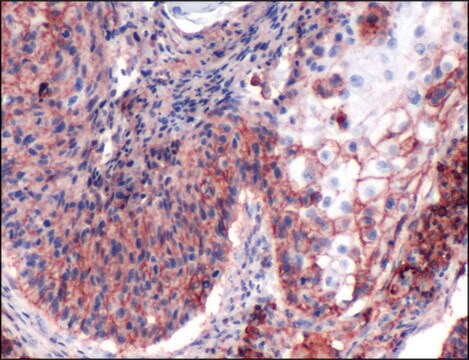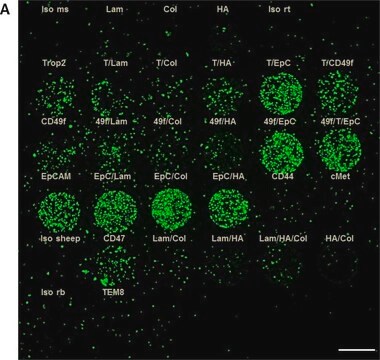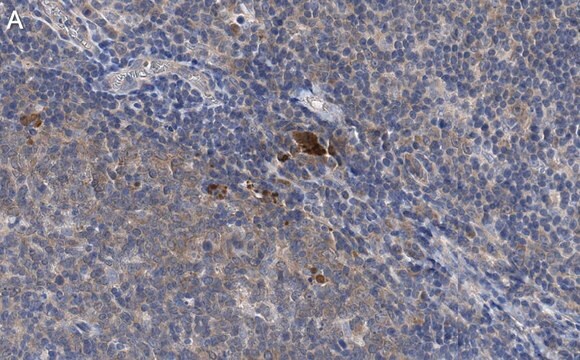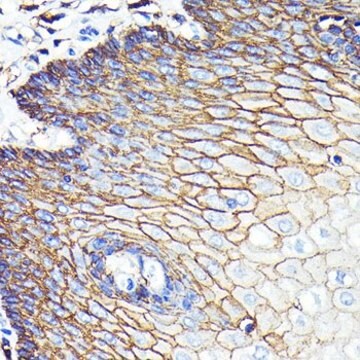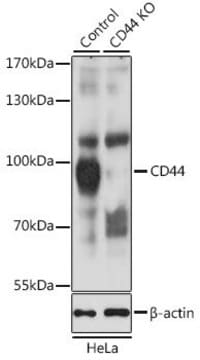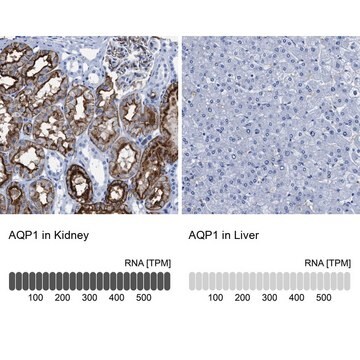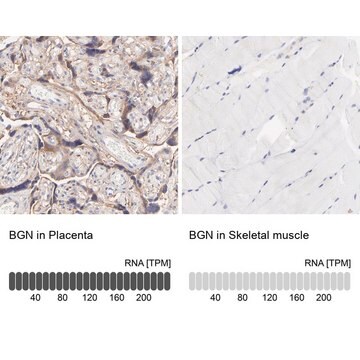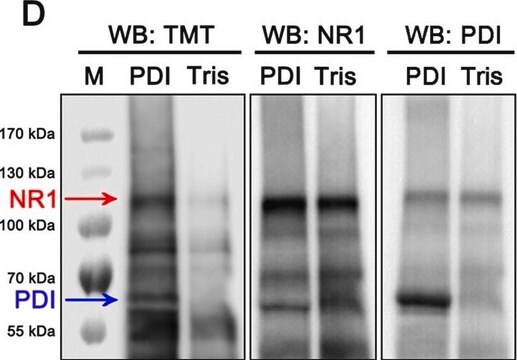MABT78
Anti-mouse CD44 (H-CAM) Antibody, clone KM201
clone KM201, from rat
Sinonimo/i:
CD44 antigen (homing function and Indian blood group system), CDw44 antigen, HCAM, H-CAM, HUTCH-1, Phagocytic glycoprotein I, Extracellular matrix receptor III, GP90 lymphocyte homing/adhesion receptor, Heparan sulfate proteoglycan, Hermes antigen, Hyalu
About This Item
Prodotti consigliati
Origine biologica
rat
Livello qualitativo
Forma dell’anticorpo
purified antibody
Tipo di anticorpo
primary antibodies
Clone
KM201, monoclonal
Reattività contro le specie
mouse
tecniche
flow cytometry: suitable
Isotipo
IgG1κ
N° accesso NCBI
N° accesso UniProt
Condizioni di spedizione
wet ice
modifica post-traduzionali bersaglio
unmodified
Informazioni sul gene
human ... CD44(960)
Descrizione generale
Specificità
Immunogeno
Applicazioni
Cell Structure
Stem Cell Research
Adhesion (CAMs)
Hematopoietic Stem Cells
Qualità
Flow Cytometry Analysis: 0.1 µg of this antibody detected CD44 in mouse bone marrow cells.
Descrizione del bersaglio
Linkage
Stato fisico
Stoccaggio e stabilità
Risultati analitici
Mouse bone marrow cells
Altre note
Esclusione di responsabilità
Non trovi il prodotto giusto?
Prova il nostro Motore di ricerca dei prodotti.
Codice della classe di stoccaggio
12 - Non Combustible Liquids
Classe di pericolosità dell'acqua (WGK)
WGK 1
Punto d’infiammabilità (°F)
Not applicable
Punto d’infiammabilità (°C)
Not applicable
Certificati d'analisi (COA)
Cerca il Certificati d'analisi (COA) digitando il numero di lotto/batch corrispondente. I numeri di lotto o di batch sono stampati sull'etichetta dei prodotti dopo la parola ‘Lotto’ o ‘Batch’.
Possiedi già questo prodotto?
I documenti relativi ai prodotti acquistati recentemente sono disponibili nell’Archivio dei documenti.
Il team dei nostri ricercatori vanta grande esperienza in tutte le aree della ricerca quali Life Science, scienza dei materiali, sintesi chimica, cromatografia, discipline analitiche, ecc..
Contatta l'Assistenza Tecnica.